Researchers and practitioners in the public health, environmental health, and health care communities have brought increasing attention to the impact that health literacy can have on the well-being of individuals with limited literacy skills. Research findings, accumulating since the start of this century, indicate that people with limited or low literacy skills are, for example, less likely to engage in civic activities or manage a chronic disease than are people with strong literacy skills. In addition, they are more likely to face negative health outcomes than are those with strong skills. However, our understanding of health literacy has deepened and we are now examining the contribution of other important components of health literacy: the communication skills of health professionals and health writers, the clarity and complexity of health information, the challenges inherent in healthful actions, the facilitating factors and barriers present in health and social service institutions and systems. It is now more widely understood that health literacy is not merely a function of the skills of individuals. Rather, health literacy is an interaction between individuals’ skills and the demands and expectations within a health system. Health literacy can be improved through changes in professionals’ skills, health information and materials, health related tools and tasks, as well as in health system practice norms, policies, and regulations.
In the United States, several major health policy developments have sought to address the critical issue of health literacy by intervening to improve one or more of these components of health literacy. For example, the Office of Disease Prevention and Health Prevention of the U.S. Department of Health and Human Services introduced an action plan to improve health literacy in 2010. The National Action Plan laid out seven goals for improving health literacy, including goals related to the development of health materials and the way health information is disseminated in the health care system. The Affordable Care Act (ACA), introduced that same year, also included several provisions related to health literacy. For example, it sought to improve health professionals’ skills by incorporating information about health literacy issues, research and findings into professional training. It also included provisions requiring insurers, clinicians and other health professionals to communicate health information to patients or consumers in a clear, easily understood fashion.
The National Action Plan to Improve Health Literacy and the ACA are just two early examples of initiatives in the United States that illustrate policymakers’ increasing awareness of the importance of health literacy. Health literacy is emerging as an area of interest in other countries as well. For example, in 2015 the New Zealand Ministry of Health released two publications, “Health Literacy Review: A Guide,” and “A Framework for Health Literacy” as part of its efforts to better address health literacy considerations within its health system. Additionally, policies and initiatives have been introduced in Australia, Italy’s Emilia Romagna region, and Israel that have sought to create more health literate health systems. More information about these efforts can be found by clicking on the link included below to access the IOM Health Literacy Workshop Summary on Health Literacy: Improving Health, Health Systems, and Health Policy around the World.
Some of these early examples are highlighted in the resources below. Over time, additional contributors will post more recent examples.
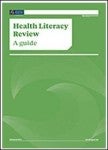
Health Literacy Review: A Guide, New Zealand Ministry of Health, 2015
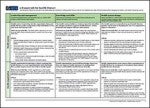
A Framework for Health Literacy, New Zealand Ministry of Health, 2015

Heallth Literacy: Improving Health, Health Systems, and Health Policy Around the World: Workshop Summary
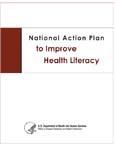
The National Action Plan to Improve Health Literacy
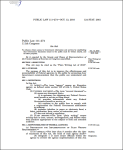
Plain Writing Act
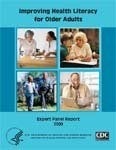
Improving Health Literacy for Older Adults
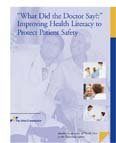
What did the Doctor Say?: Improving Health Literacy to Protect Patient Safety
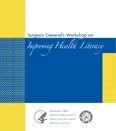
Surgeon General’s Workshop on Improving Health Literacy
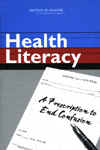
Health Literacy: A Prescription to End Confusion
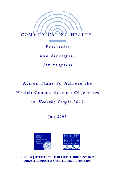
Healthy People 2010, Objective 11-2. Improvement of Health Literacy
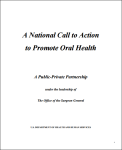
A National Call to Action to Promote Oral Health



